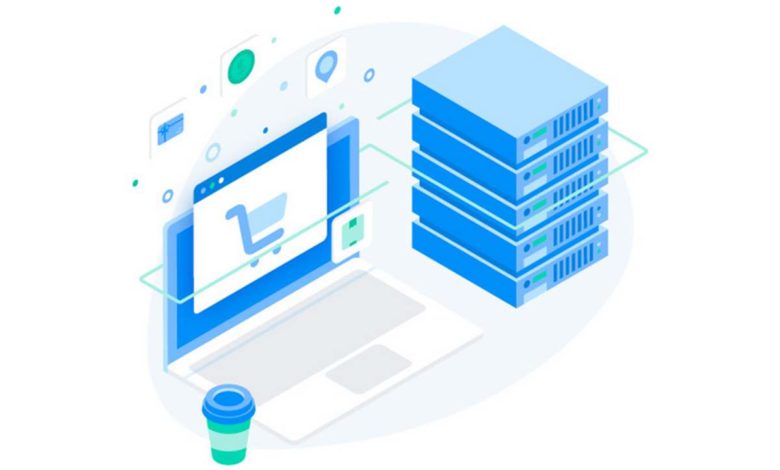
A hosting control panel is a vital application accompanying every web domain and hosting plan, serving as the nerve centre for managing subdomains, add-on domains, files, email campaigns, security settings, databases, and more.
VPS control panels offer additional functionalities, enabling users to modify plans, add or remove resources, handle billing, and more.
This article highlights top Virtual Server control panels to facilitate an informed choice amidst the several options available.
Top Control Panels For VPS Hosting
-
cPanel
- cPanel is the world’s most popular hosting control panel, developed in 1996 for Linux-based hosting.
- Known for its user-friendly GUI, it eliminates the need for Linux command knowledge.
- Offers a single dashboard for intuitive operation and extensive support through forums and communities.
- While not free, many hosting companies include cPanel in their plans due to its widespread popularity.
-
Plesk
- Plesk competes directly with cPanel and is favoured by users of the Windows operating system, available for both Linux and Windows hosting.
- Launched in 2001, Plesk gained popularity in recent years, overcoming initial negative reviews about its UI.
- Plesk is user-friendly and resembles Windows XP, making it accessible for users at any level of hosting understanding.
- Known for efficient resource management, making it suitable for Windows-based VPS Hosting plans with limited RAM.
- It utilises a sidebar instead of a traditional dashboard for easy navigation and access to essential tasks.
- Feature-rich like cPanel, Plesk stands out for its usability and popularity among Windows hosting users.
- Some drawbacks include difficulty in installing new programs, substantial storage requirements for backups, and a less straightforward backup process.
-
DirectAdmin
- It is a versatile control panel for various hosting accounts.
- It provides extensive administrative options for effective management.
- Web-based panel known for speed, user-friendliness, and graphical user interface for browser-based hosting management.
- It allows admins to add/remove information and modify MX settings.
- It enables clients to create, remove, or obtain sub-domain information.
- Ideal for convenient and speedy website development and maintenance.
- It facilitates quick development, modification, and uninstallation of MySQL.
-
Webmin
- Webmin is a stable and reliable hosting control panel compatible with Windows and various Linux distributions.
- It is one of the free control panels for VPS Hosting.
- It is known for its exceptional customisation capabilities, allowing users to modify the software according to their preferences.
- Popular among system admins due to its flexibility and the fact that it is entirely free.
- The main drawback is its initial lack of user-friendliness, especially for non-experts in hosting.
-
ISPConfig
- ISPConfig is a free hosting control panel popular among experts and beginners.
- It is well-regarded for stability, lightweight impact on web servers, and native support for virtualisation.
- It offers a wide range of features as standard.
- Its drawbacks include the lack of official support, no option to pay for support, and limited online forums or help pages.
- Installation can be challenging for non-experts, suggesting the need for professional assistance due to the complex and technical configurations involved.
Wrapping Up
Hosting control panels are important for the website and domain management. These are the heart of the hosting, which makes the hosting operations easy and manageable.
Thus, it is essential to be well-informed about the different kinds of hosting panels and their features.
It will help you select the right one for your hosted website and application and help you achieve your online goals efficiently and effectively.
